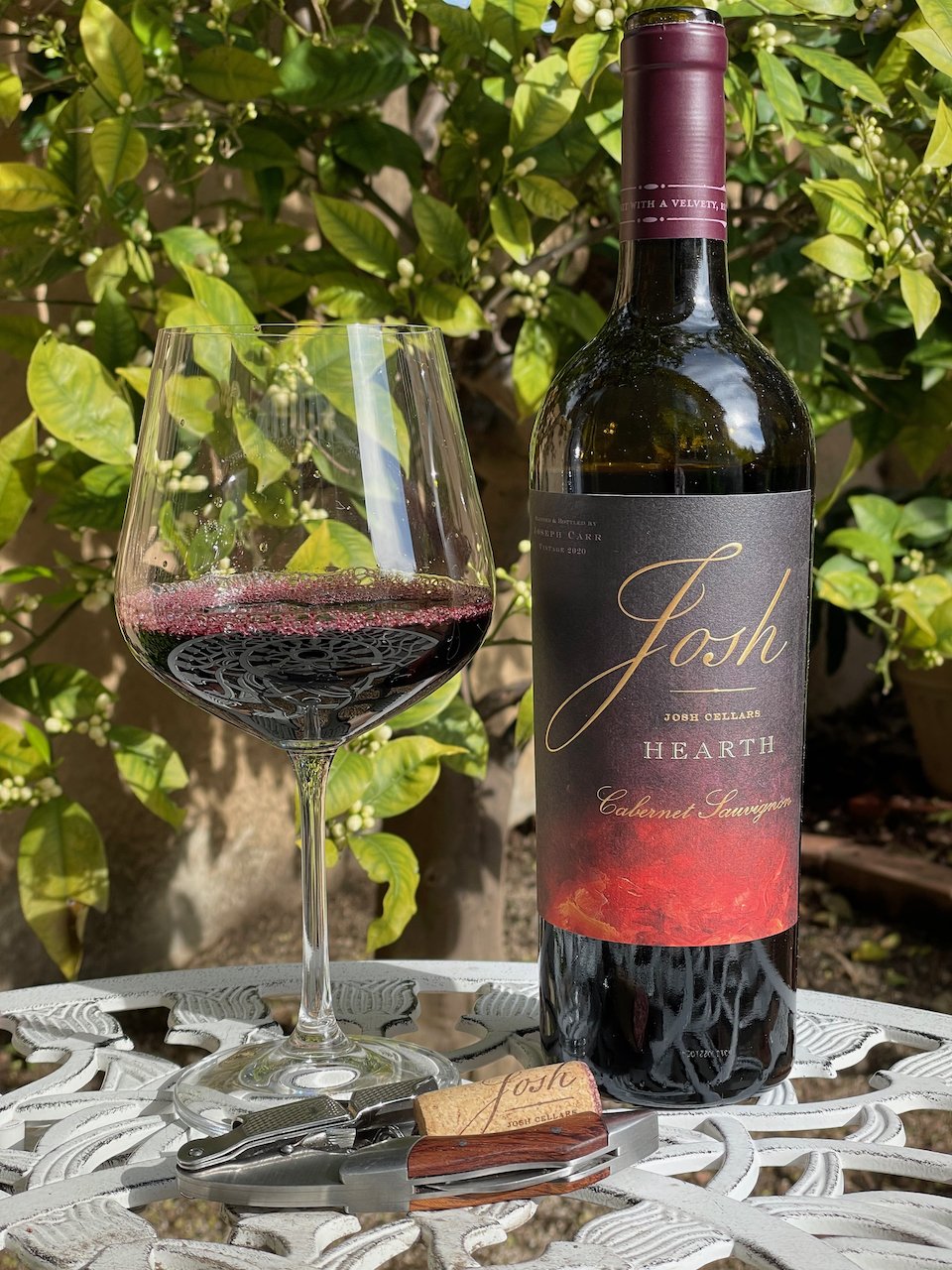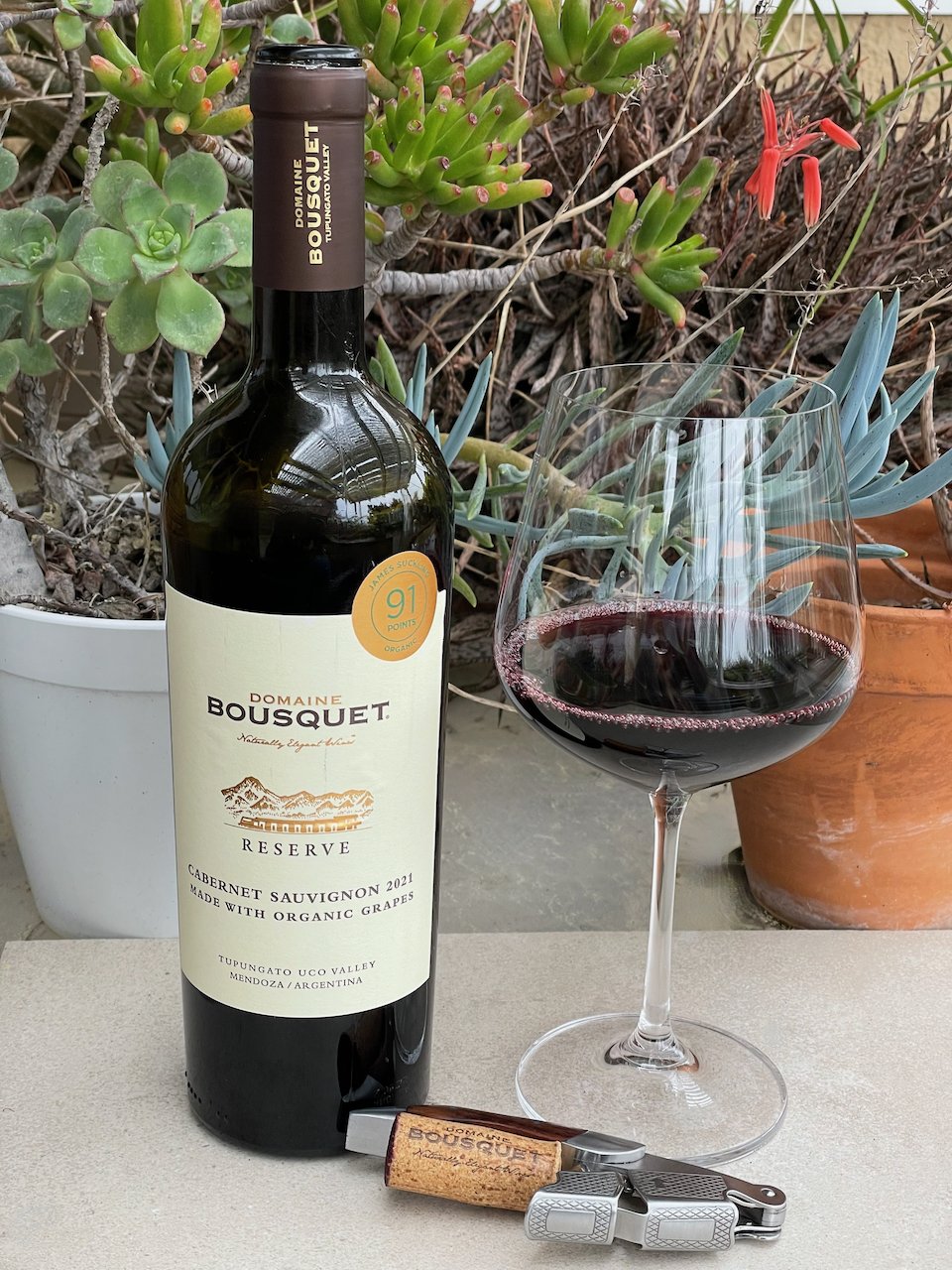2020 Josh Hearth Cabernet Sauvignon ($16.99)
Hearth is the newest Cabernet Sauvignon from Josh Cellars.
Joseph Carr began by selling Josh wines (Named for his Father) out of the back of his truck in 2007. In the beginning, he only made one wine, Cabernet Sauvignon, but soon thereafter began making a Josh Chardonnay for his wife, Dee. From day one, proceeds from Josh Cellars have been donated to various military, veteran, and firefighter groups. In 2021, Josh Cellars was named American Winery of the Year by Wine Enthusiast magazine.
This Josh Hearth is produced from Cabernet Sauvignon grapes that are sourced from around the state of California. It is deep ruby in color with aromas of black fruit, plum, herbal hints and chocolate. On the palate, this full-bodied wine is like drinking a cherry-chocolate (but not sweet) with wonderfully rich dark cherry flavor, blackberry and dark chocolate. Its tannin are easy as is the finish.
Josh Cellars Hearth Cabernet Sauvignon is a great value for a California Cab and a great fits as this week’s Behind the Cork™ Wine of the Week.
Josh Cellars Hearth is available online at Josh Cellars , as well as nationwide on Drizly, Total Wine, Minibar and more.
Disclosure of Wine Sample Submission: I received this sample at no cost for review. The opinions expressed are entirely my own.
Sample Provided by Josh Cellars







